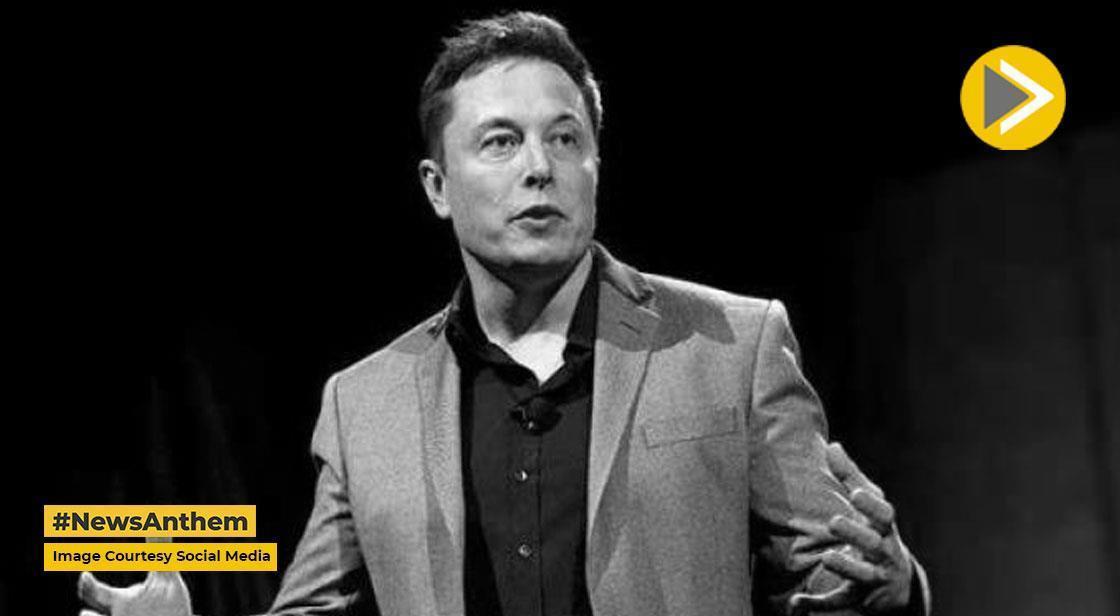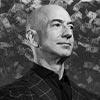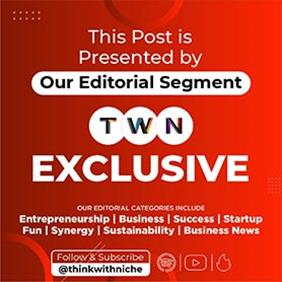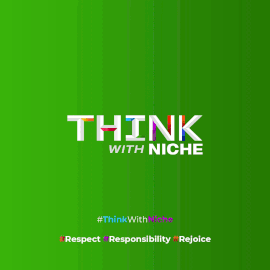Elon Musk Opens Grok 2.5 AI Model, Confirms Grok 3 Open Source in 6 Months

News Synopsis
Elon Musk has revealed that his AI company, xAI, is making the Grok 2.5 language model publicly available as open source. Previously considered the company’s top-performing model, Grok 2.5 is now accessible to developers and researchers who want to explore its capabilities, modify it, or build applications on top of it. Musk also confirmed that the latest version, Grok 3, unveiled earlier this year, will be released as open source in approximately six months.
On X (formerly Twitter), Musk wrote:
"The @xAI Grok 2.5 model, which was our best model last year, is now open source. Grok 3 will be made open source in about 6 months."
Grok 3, launched in February 2025 during a live-streamed event, is currently the most advanced AI model developed by xAI. Musk has additionally mentioned plans to release Grok 5 before the end of this year, though his past timelines for AI projects have sometimes faced delays.
Grok 2.5 Now Available on Hugging Face
The Grok 2.5 model has been uploaded to Hugging Face, a widely used AI development platform. This allows developers to download, run, and modify the model under xAI’s license terms. While the model is free to use and experiment with, the license explicitly restricts its use for training other AI systems or creating competing models.
This move continues xAI’s trend of open-source releases. In March 2024, the company released the base version of Grok 1, allowing public access to its foundational model. While that earlier release did not include fine-tuning for specific tasks, it was intended to give researchers and developers a way to explore the technology’s capabilities.
Positioning Against OpenAI
By releasing Grok 2.5, Elon Musk is putting xAI in direct competition with OpenAI, his former company and one of the world’s leading AI firms. Earlier in 2025, OpenAI released two smaller open-source models—the first such release since GPT-2—though these were less capable than its commercial ChatGPT models, which remain closed-source. Musk has criticized OpenAI for restricting access to its most advanced models, presenting xAI as a more transparent alternative.
Past Controversies and Safety Measures
Grok has faced scrutiny in the past for producing problematic or offensive responses. xAI attributed the issues to outdated code and assured users that corrections had been implemented. With Grok 2.5 now open source, developers are encouraged to address remaining gaps, improve the model, and explore new applications, though safety and moderation will remain crucial.
Looking Ahead: Grok 3 and Grok 5
Musk’s announcement confirms that Grok 3 will follow the same open-access path in about six months. The rollout of Grok 5 later this year will further test xAI’s commitment to transparency and accessibility. By inviting the developer community to collaborate, Musk aims to accelerate AI innovation while demonstrating xAI’s dedication to openness.
Conclusion
The open-sourcing of Grok 2.5 marks a significant milestone in Elon Musk’s vision for accessible and transparent AI development. By allowing developers and researchers to explore, modify, and build upon the model, xAI is fostering a collaborative ecosystem that could accelerate innovation in natural language processing and generative AI.
The announcement that Grok 3 will follow in six months reinforces Musk’s commitment to open access, potentially setting new standards in the AI industry and offering a strong alternative to closed-source platforms like OpenAI’s ChatGPT. While past controversies over offensive outputs highlight the importance of responsible AI usage, the move encourages the community to enhance safety, accuracy, and versatility.
As xAI continues to expand with Grok 5 and future models, these releases could democratize AI research, support diverse applications, and demonstrate how open-source approaches can coexist with commercial ambitions, shaping the next generation of AI technologies.
You May Like









